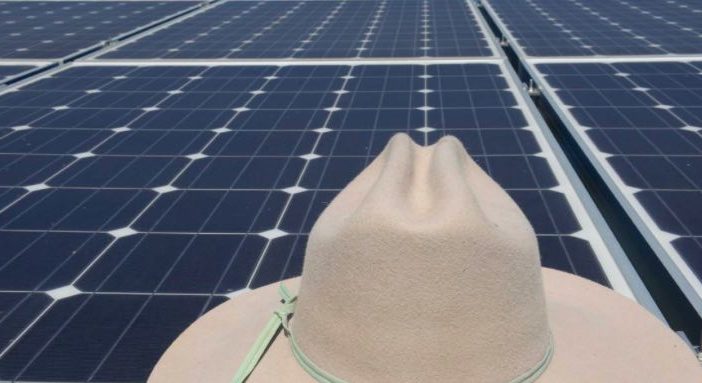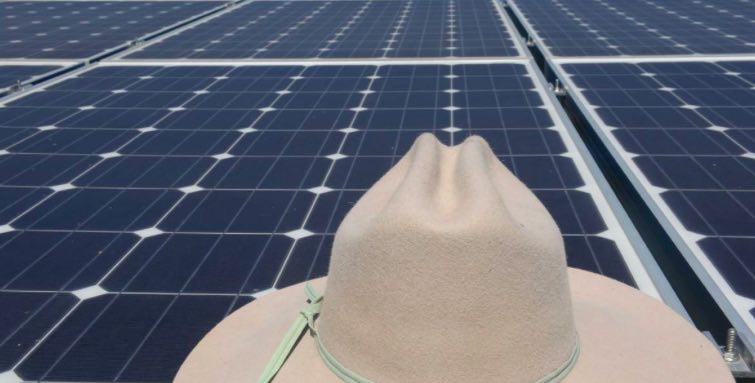
The regional New South Wales town of Tamworth – the electoral heart of climate catastrophist and $100 lamb roast scaremonger Barnaby Joyce – is weighing up plans to spend more than $1 million installing more than half a megawatt of solar on up to a dozen council-owned facilities.
Tamworth Regional Council members will vote on Tuesday night on the $1.1 million plan that, if approved, would see a total of 590kW of solar PV installed at 12 different locations.
In a report prepared for council ahead of the vote, consultants GHD detail the huge energy cost savings the council stands to make through installing the solar, putting them at a combined total of around $117,000 a year.
But the report also focuses on the added cost benefits of current federal government subsidies, including the Small-scale Renewable Energy Scheme and the Large-scale Renewable Energy Target.
This is worth noting, because it looks like a message to Joyce, the former deputy prime minister, and his fellow National Party MPs who have campaigned to remove all subsidies for renewables.
It’s a desire they share with Australian Competition and Consumer Commission chairman Rod Sims, who in particular would like to wind up the rooftop solar rebate by 2021, nine years ahead of its scheduled closure, if not sooner.
As things stand, 11 of the planned solar installs on Tamworth council sites would be eligible for small-scale technology certificates (STCs) under the SRES, with planned system sizes of less than 100kW.
The twelfth, planned for the Westdale Wastewater Treatment Plant, would eligible for LGCs under the LRET at 200kW.
The report notes that the cost of the project would be reduced to $876,000 once the up-front rebate from large and small-scale technology certificates was factored in, allowing it to be paid off in little more than seven years.
In terms of the larger Westdale PV system, the council report notes that if the current LGC spot price stays at $85, the pay back period for that project could be reduced to less than four years.
With or without subsidies, however, the council report notes that a pay back period of around 10 years gives an internal Rate of Return (IRR) over the life of a solar system of around 8.5 per cent, “which is presently greater than a cash investment.”
The report notes that, with the council’s current energy contract due to expire at the end of the 2019 financial year, “a 50 per cent increase in energy costs would see the pay back period reduced to almost six years.”
Council says that based on current market prices, an increase of at least 30 per cent is expected under a new contract for large market sites in 2019.
As well as the Westdale Water Treatment plant, other Tamworth council assets proposed for solar include the iconic Australian Country Music Hall of Fame, theTamworth Sports Dome, the local Barraba Pool, the Tamworth Library and the Dungowan Dam.
As the local paper notes, the council shift to solar would catch the local government up with to the rest of the community, where one in six households – or 17 per cent – have installed rooftop PV.
We will update this story once the result of the council vote has been published.

Sophie is editor of One Step Off The Grid and deputy editor of its sister site, Renew Economy. Sophie has been writing about clean energy for more than a decade.



